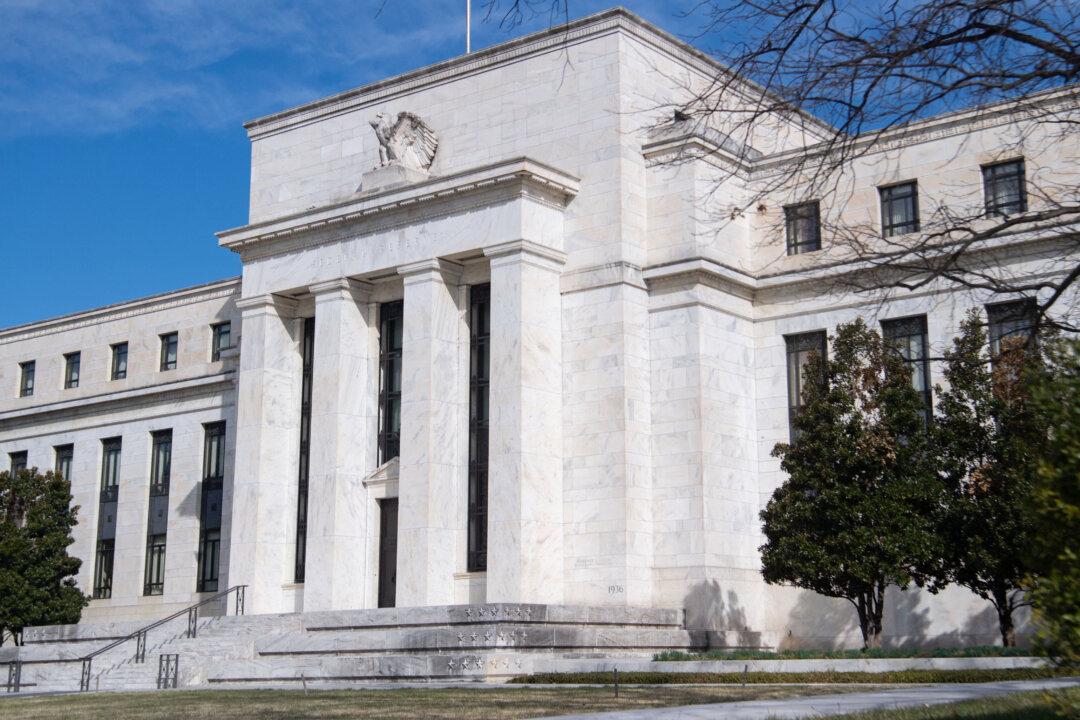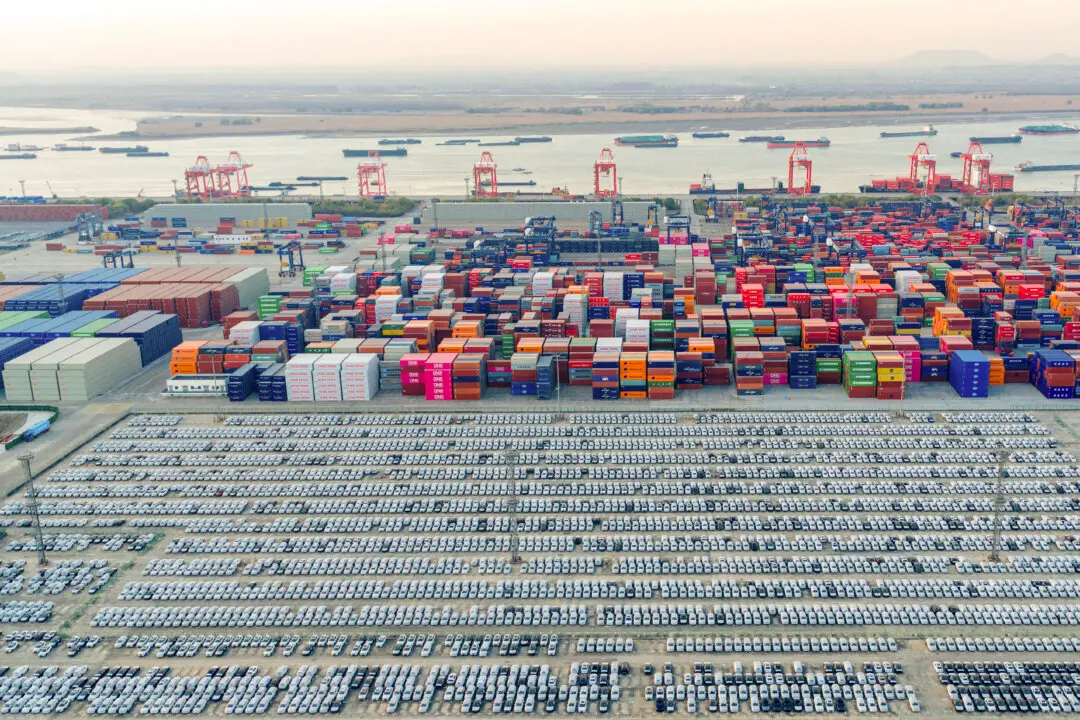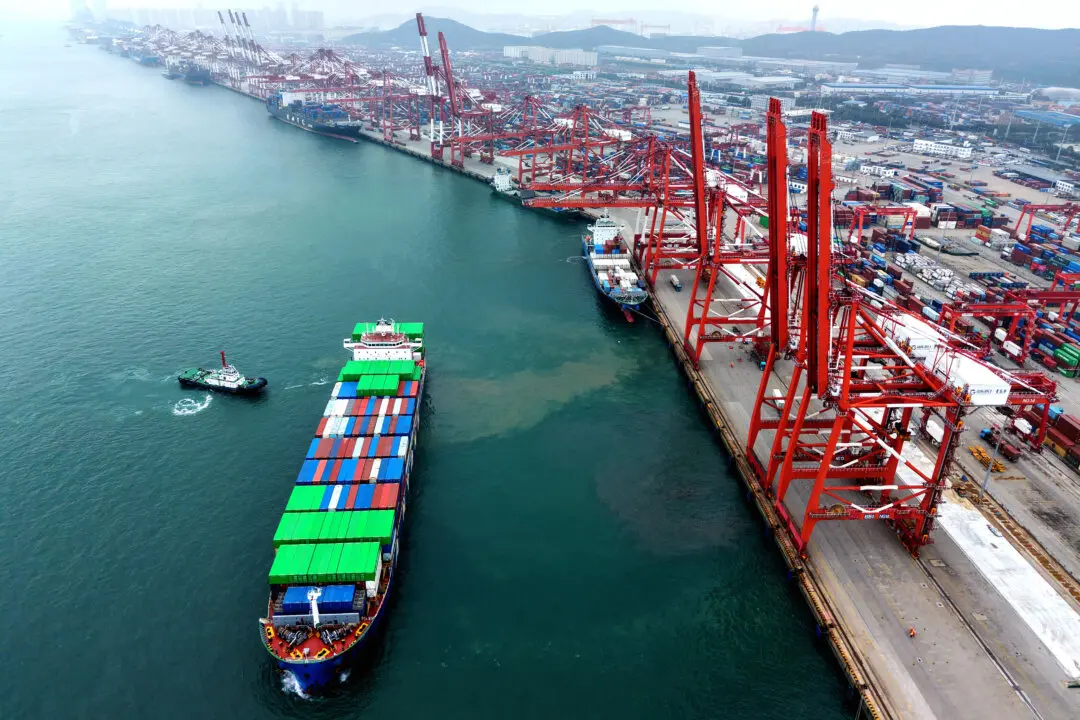Commentary
For all the debate over and ambiguity in recent statistics, the U.S. economy can only be described as weak. Economic pessimists claim that it’s already in recession, pointing to the past two consecutive quarters of declining real gross domestic product (GDP).





